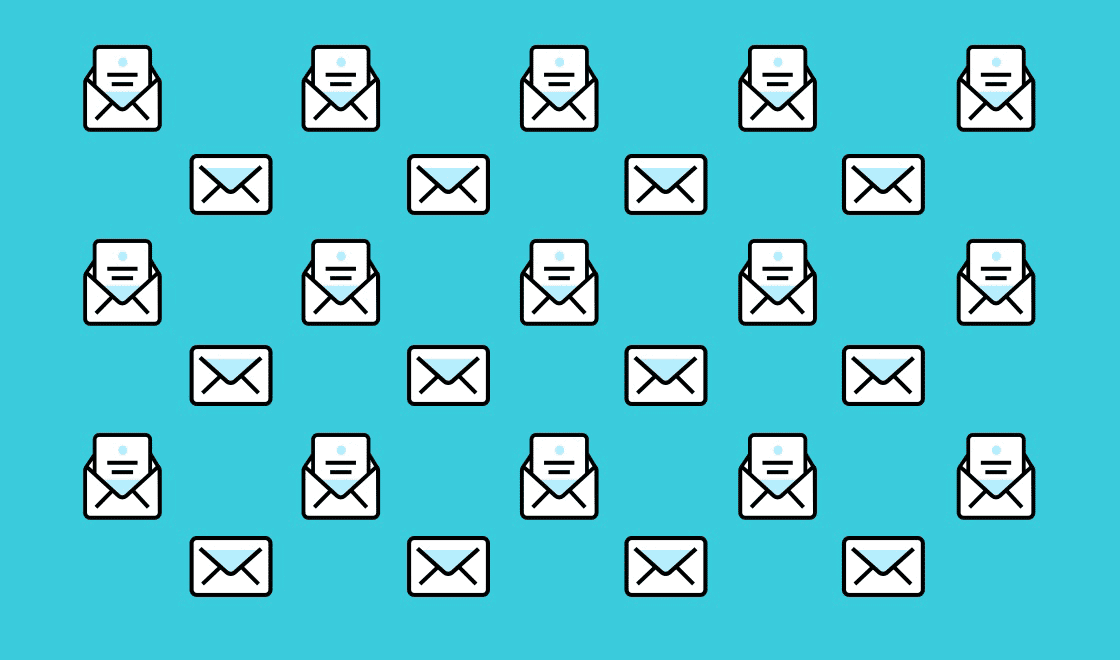6 Keys to Mastering Modern Email Marketing
Published on January 24, 2019/Last edited on January 24, 2019/6 min read


Lauren Leonardi
WriterEmail. It’s old—arguably the oldest digital messaging channel—but it’s still extremely valuable for brands looking to engage their customers. A lot of brands and the C-suiters who run them tend not to focus on email as a high-value marketing channel because it’s not new, and as something not new (in the world of digital marketing) it’s not thought of as sexy or exciting.
But there’s an evolution happening in email. Over the past year, we’ve watched as some of the biggest brands out there come to the realization that, while email is still important to their marketing efforts, they can’t reach today’s goals using yesterday’s ESPs. These companies understand the value of an email platform that enables you to design, test, and optimize in one place, instead of struggling with systems that don’t really talk to each other.
To explore where email is at now and what it means, we put together “Emails on Email,” an interactive look at modern email marketing and where it’s going. Read on for a sneak peek at that piece’s key moments, and learn six keys for mastering email marketing today:
1. Value: send emails your customers want to receive
Easier said than done, perhaps?
From Emails on Email: “Not sure if your email outreach is welcome? Ask! Test your messages, and pay attention to the signals your customers give…
Also, ISPs recognize it when you send emails your customers want! And while getting your emails successfully through your ISP in a reliable way takes some work, success is an organic outcome of following established email deliverability best practices—which is to say, if you send emails that your recipients want to receive, it’s going to work. If you don’t send emails your recipients want to receive, no other course of action will fix the problem.
2. Set clear expectations with email recipients—and then live up to those expectations.
If folks don’t subscribe to get your emails, don’t opt them in against their will. It can be tempting to send something people didn’t ask for. They know not what they’re missing, we thinks! But really, in the case of permissions (of all varieties) no means no.
From Emails on Email: “Persist in attempting to send mail to folks who don’t want it, and you’re making it more likely that ISPs will block you from delivering emails to people who do.”
Email marketing success these days is more about engagement and user interest. In an attempt to win back users, or win new users to regain numbers, you may actually be risking alienating the ISP. When you send messages to people who never agreed to receive them, you’re making it more likely they ignore those messages or mark them as spam, which can endanger your ability to engage not just those customers, but also the customers who DID ask to receive your emails.
3. Clean up that email list. Do it now. No, for real, go.
From Emails on Email: “We recommend only porting in email addresses from customers who have engaged with your emails in last 180 days.”
The theory is that if folks haven’t engaged in all this time, they’re probably over it. A dagger to the heart, we know! But accept it and move on. Because when it comes to email lists, your delivery reputation depends on your willingness to let go those who have already flown the coop. And if you tank your reputation, the effectiveness of your email program will follow.
Tips:
- Create rules around when you stop sending to people who have stopped engaging
- Remove churned users, filter email addresses with obvious typos, and do not underestimate how much difficulty the population at large has in spelling “gmail”
4. Test and test and test
Know what the difference can be between testing and not testing? Getting your emails to customers and...not getting your emails to customers.
The Braze platform’s multivariate testing capabilities make it possible to test email templates, subject lines, message copy, email cadence and timing, and more, to land on what works best for your audience(s).
5. Make email a conversation
If email lives as part of the customer journey, then email becomes part of the conversation you’re trying to have in all your interactions.
From Emails on Email: “You send a message, your customer sees it, then takes action (or doesn’t). Then, informed by their behavior and your growing understanding of who they are and what they value, you send your next message, and so on.”
Research conducted by Forrester on behalf of Braze has found that when consumers perceive your brand as human, they’re 1.9x more likely to be satisfied and 1.6x times more likely to make a purchase. But to create that impression successfully, brands need to find ways to speak with their customers, rather than at them. For email marketing, that means ensuring that the messages you send your users matches the signals they’ve given you—so no more sending the same 10% off promotion month after month if they’ve ignored it in the past. Pay attention to what they’re telling you and you’ll see a real difference.
6. Reconsider your ESP
From Emails on Email: “These days, customer engagement is all about segmentation, personalization, real-time data, and taking an approach to marketing that fits your audience at every stage of the customer lifecycle. It’s harder than just sending a weekly email newsletter, but it’s a lot more rewarding, too.”
The average smartphone user is engaging with brands in ways that would have been impossible to predict a decade and a half ago. Most legacy email platforms haven’t kept up. This means email marketers who depend on them are behind, too.Where legacy ESPs miss the mark:
- most legacy email platforms are list-oriented, not customer-oriented
- they manage information using databases, not APIs
- they update their data on each customer during nightly batch transfers, instead of doing it as those customers interact with their brand in real time
These issues make it difficult for even the most savvy email marketers to really understand their audience and their preferences and behavior—which, in turn, makes it hard to serve their customer base effectively. Don’t make that mistake!
Anything else?
Missing the boat on a modern email approach means you could be missing the boat on an overall modern marketing strategy! Likewise, if you’re working with an ESP that allows for customer engagement at all levels, it will support your full marketing schema.
Ready for a deep dive into where email is at today? Check out “Emails on Email: 14 Perspectives On Email Marketing, Deliverability, Engagement, Best Practices, And More”!
Related Tags
Releated Content
View the Blog
The new inbox reality: How iOS changes are reshaping email marketing

Aparna Prasad

Experience optimization: Turning data insights into better journeys

Team Braze

December 2025 Bonfire Marketer of the Month: Jagex’s Emma Oliver
